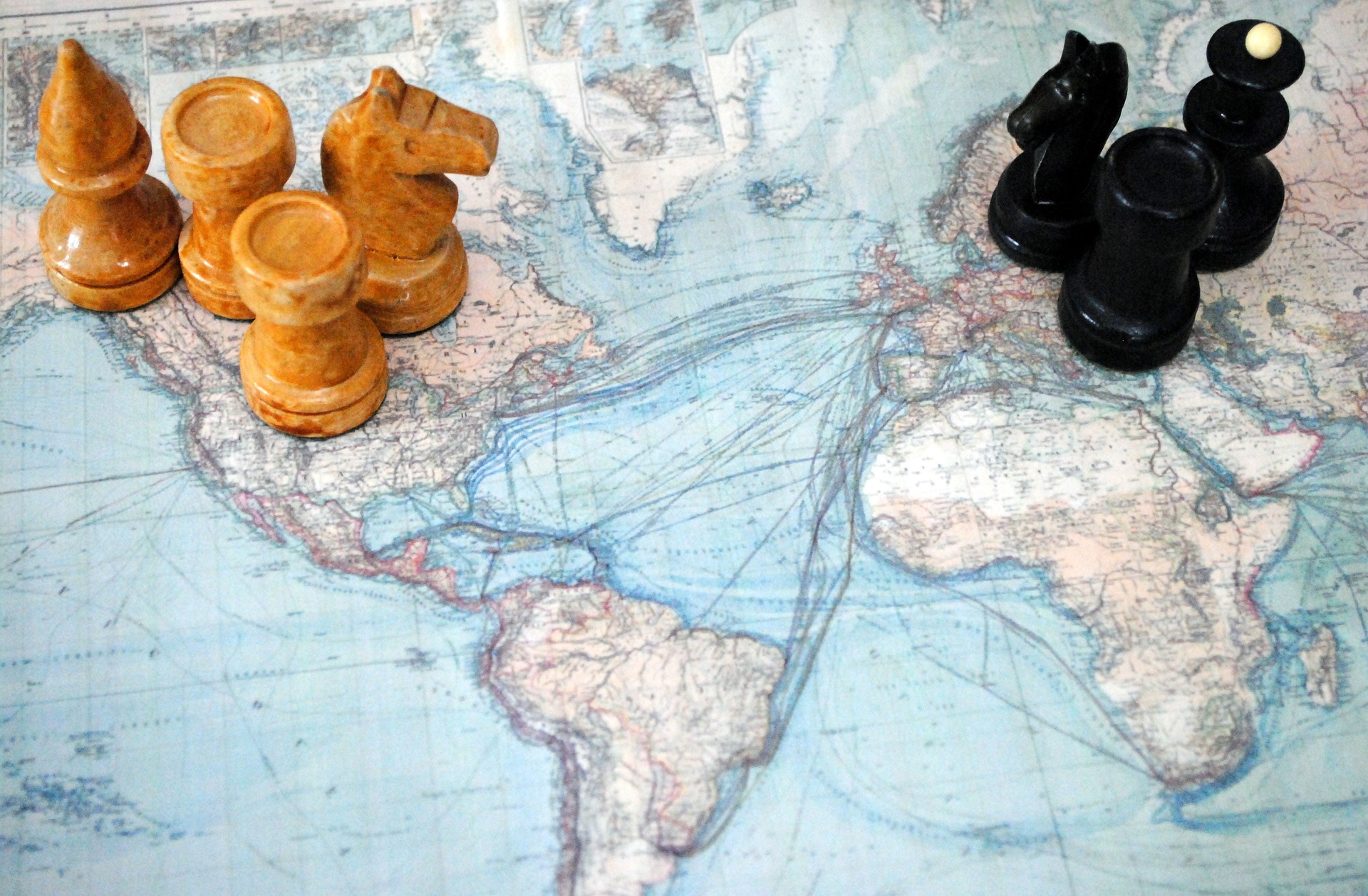Legal Implications of Deepfake Technology in Courtrooms
Introduction: As deepfake technology advances, its potential impact on legal proceedings raises complex questions. This article explores the emerging challenges and legal considerations surrounding the use of deepfakes in courtrooms, examining how this technology could reshape evidence presentation, witness testimony, and the pursuit of justice.

The Rise of Deepfake Technology
Deepfake technology, which uses artificial intelligence to create or manipulate audio and video content, has rapidly evolved in recent years. Initially popularized in entertainment and social media, deepfakes have now caught the attention of legal professionals and lawmakers. The ability to create highly realistic, fabricated content poses significant challenges to the legal system, particularly in areas where visual and audio evidence play crucial roles.
Admissibility of Digital Evidence
One of the primary concerns surrounding deepfakes in courtrooms is the admissibility of digital evidence. Traditionally, courts have relied on the authenticity and integrity of visual and audio evidence to make informed decisions. However, the proliferation of deepfake technology threatens to undermine this foundation. Legal systems worldwide are now grappling with how to verify the authenticity of digital evidence and establish new standards for admissibility in light of these technological advancements.
Challenges in Witness Testimony
Deepfake technology also presents challenges to witness testimony. The potential for creating false video or audio recordings of witnesses could lead to wrongful convictions or acquittals. Courts must now consider how to authenticate witness appearances in video depositions or remote testimony. This technological threat may necessitate new protocols for verifying the identity and statements of witnesses, potentially altering long-standing practices in courtroom proceedings.
Legal Frameworks and Legislation
As the implications of deepfake technology become more apparent, lawmakers are beginning to address these challenges through new legislation. Several jurisdictions have proposed or enacted laws specifically targeting the malicious use of deepfakes. These laws often focus on areas such as election interference, pornography, and defamation. However, crafting legislation that balances the prevention of harm with protecting free speech and technological innovation remains a complex task.
Forensic Analysis and Expert Testimony
The rise of deepfakes has spurred advancements in digital forensics. Legal professionals are increasingly relying on expert testimony from forensic analysts who specialize in detecting manipulated media. These experts employ various techniques, including analyzing metadata, inconsistencies in lighting or movement, and AI-driven detection algorithms. As deepfake technology evolves, so too must the methods for detecting and authenticating digital content in legal settings.
Ethical Considerations and Due Process
The use of deepfake technology in legal contexts raises significant ethical concerns. Questions of privacy, consent, and the right to a fair trial come to the forefront. For instance, the creation of deepfake evidence for reenactments or simulations in court could potentially prejudice juries. Legal systems must carefully balance the potential benefits of this technology with the need to protect individual rights and ensure due process.
Impact on Legal Strategy and Preparation
The emergence of deepfake technology is reshaping legal strategy and case preparation. Attorneys must now consider the possibility of fabricated evidence and develop strategies to authenticate or challenge digital content. This shift may lead to increased reliance on corroborating evidence and witness testimony to support or refute digital evidence. Legal professionals may also need to expand their technological expertise or collaborate more closely with digital forensics experts.
International Legal Challenges
The global nature of deepfake technology presents unique challenges for international law. Differences in legal systems, evidentiary standards, and technological capabilities across jurisdictions complicate efforts to address deepfakes uniformly. International cooperation and harmonization of laws may become necessary to effectively combat the cross-border implications of this technology in legal proceedings.
Future of Courtroom Technology
As courts grapple with the challenges posed by deepfakes, they are also exploring technological solutions. Some jurisdictions are considering implementing blockchain technology to verify the authenticity of digital evidence. Others are investigating AI-powered systems to detect manipulated content in real-time during court proceedings. These advancements may fundamentally alter the technological landscape of courtrooms in the coming years.
Conclusion
The integration of deepfake technology into legal contexts presents both challenges and opportunities for the justice system. As courts adapt to this new reality, they must balance the pursuit of truth with the protection of individual rights. The evolving landscape of deepfake technology in courtrooms underscores the need for ongoing legal innovation, technological literacy among legal professionals, and careful consideration of the ethical implications of these advancements. As the legal system continues to navigate these complex issues, it will undoubtedly shape the future of justice in the digital age.




